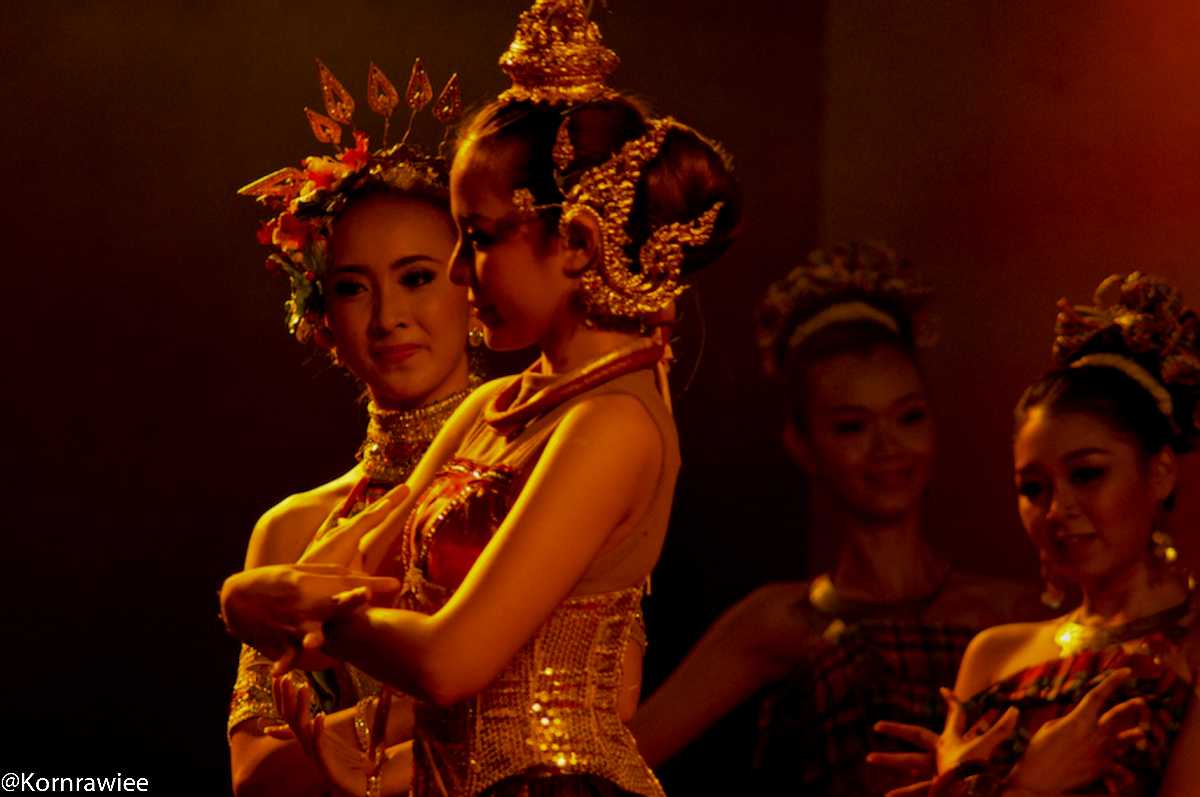Performing Arts
1. Dance

The traditional dance forms in Southeast Asia are equipped with the act of storytelling, repertoire and alternatives between nritta, nritya and natya (interpretive dance, pure dance and dramatic dance). The performances are a combination of music, narration, dance and spectacle. Many court dances were influenced by Indian culture and were enhanced by adding their own local myths, stories, costumes and masks.
Court Dances were performed in front of Kings and higher authorities for entertainment. The epics of Ramayana and Mahabharata were absorbed and adapted by these countries in their own cultural heritage. Folk and tribal dances are performed on special occasions and public holidays portraying stories from the daily lives of farmers and tribes.
2. Martial Arts
Southeast Asia is the region where the Martial Arts are performed as an act of spirituality and discipline. This art form has unique differences that represent each culture with physical differences in style and weapons.
Thailand’s Muay Thai (kickboxing) dating back to the mid 18th century was used in the Burmese and Siam wars in 1767 when Nai Khanomtom was captured. Another is Eskrima, a martial art from the Philippines that use sticks with improvised hand movements.
Bando from Myanmar is a unique style of martial art which involves copying the stances of animals like tigers, panthers, monkeys, bulls and attacking. It is all about making the right judgement and swift attacking. The Cambodian Bokator is similar to Bando.
Comments
Post a Comment